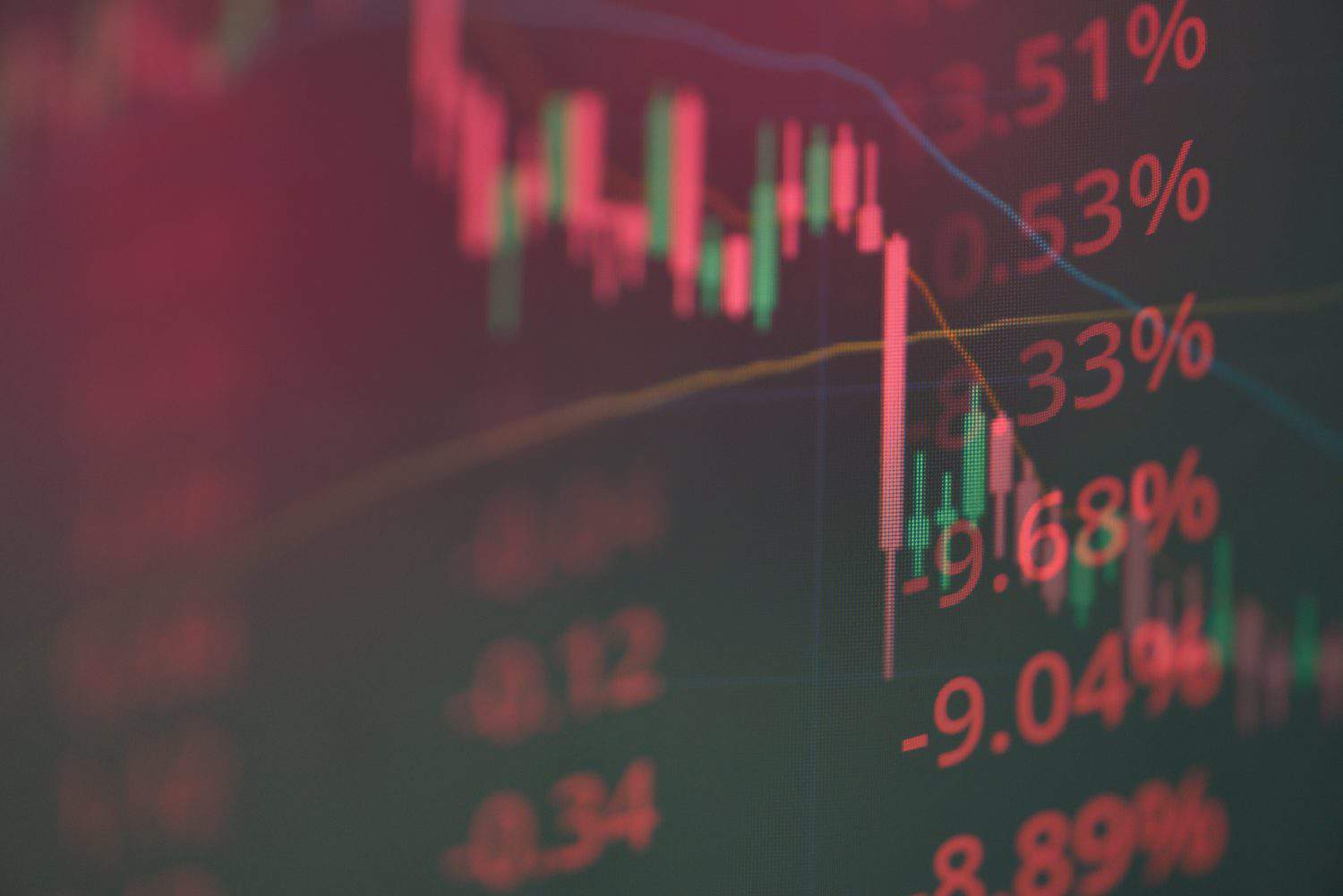
Over the last 100 years, the performances of a presidential administration and the stock market are closely aligned. More importantly, the stock market’s performance and overall economic impact are central dividing points between the two main political parties in the United States during election season.
There have been many stock market downtowns under various presidential administrations. However, only Herbert Hoover can be named the president who truly oversaw the worst market performance. The wealth of millions and millions were wiped out under Hoover’s administration. 4 million Americans are set to retire this year. If you want to join them, click here now to see if you’re behind, or ahead. It only takes a minute. (Sponsor)
Key Points
However, only one President truly oversaw the worst-performing stock market. Even if Ronald Reagen oversaw Black Monday in 1987, Bill Clinton saw the dot com bubble burst in 2000, and there was a 3000-point drop for President Trump in the early days of the COVID pandemic, they still aren’t the one president we’re all thinking that left America reeling.
1. The Roaring Twenties

One of the most iconic periods in US history, the “Roaring Twenties,” saw significant expansion in industries like automobiles, consumer goods, and electricity. Unfortunately, there was stagnant wage growth, and much of the nation’s wealth began to concentrate in the hands of a small group of individuals. During this period, the stock market became a symbol of wealth as the market grew from $27.1 billion in 1925 to $87.7 billion by 1929.
2. Agricultural Crisis

Often overlooked as part of the economic environment leading up to the stock market crash was a growing agricultural crisis. Between 1919 and 1921, farm products fell over 40% in value, with wheat prices taking the biggest hit. During this time, more than 453,000 farmers lost their land, leading to a rate of foreclosures that was a massive six times higher in 1926 than it was five years prior.
3. Vulnerable Banking System
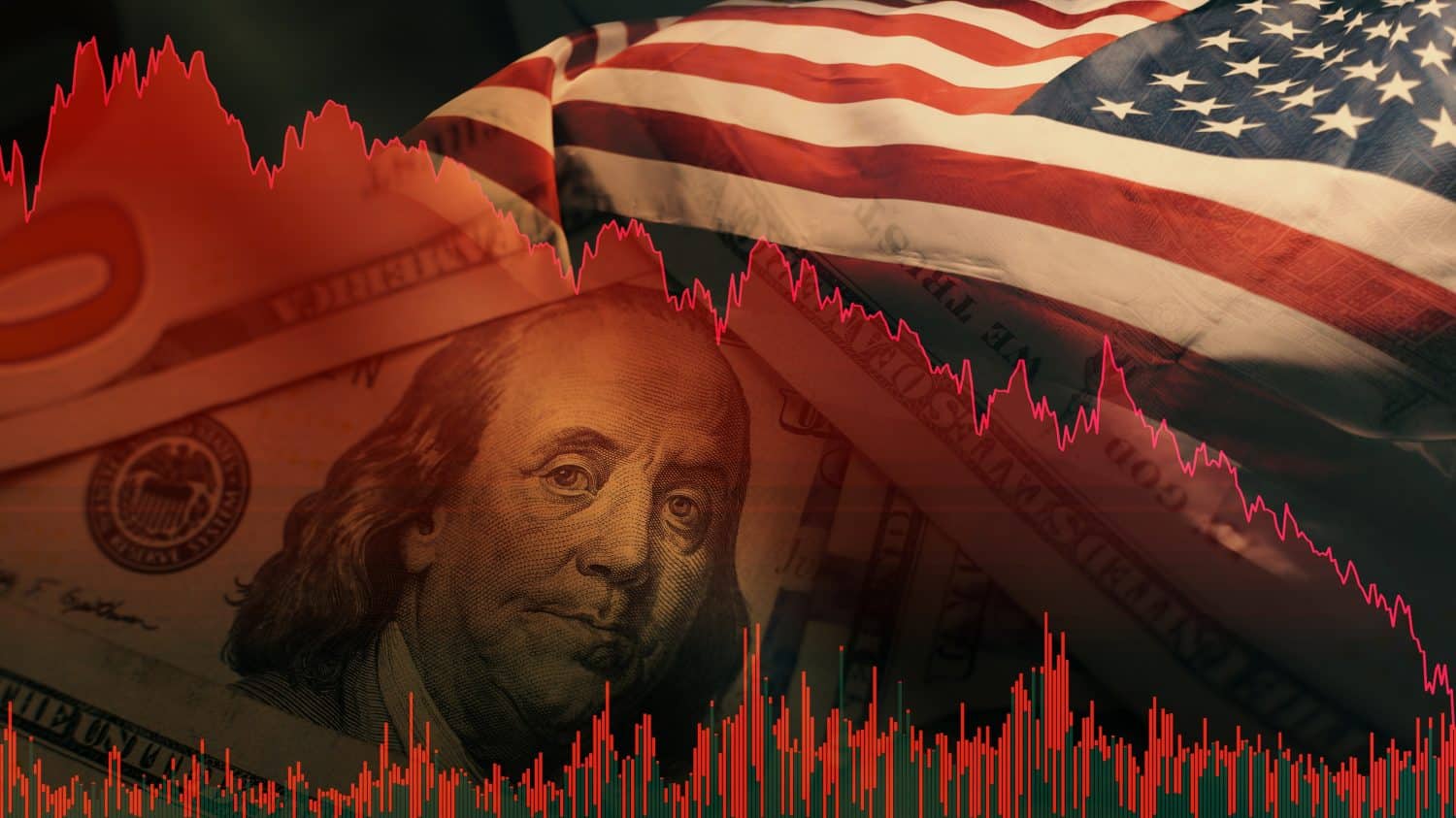
One of the most important things to know about this period is that over 25,000 banks in the US operated with limited federal oversight. At this point in American history, the FDIC didn’t exist, meaning Americans’ bank savings were largely unprotected. If banks failed, life savings were often wiped out with them, devastating rural and working-class communities, which were the most vulnerable to economic downturns.
4. Credit Structure Concerns
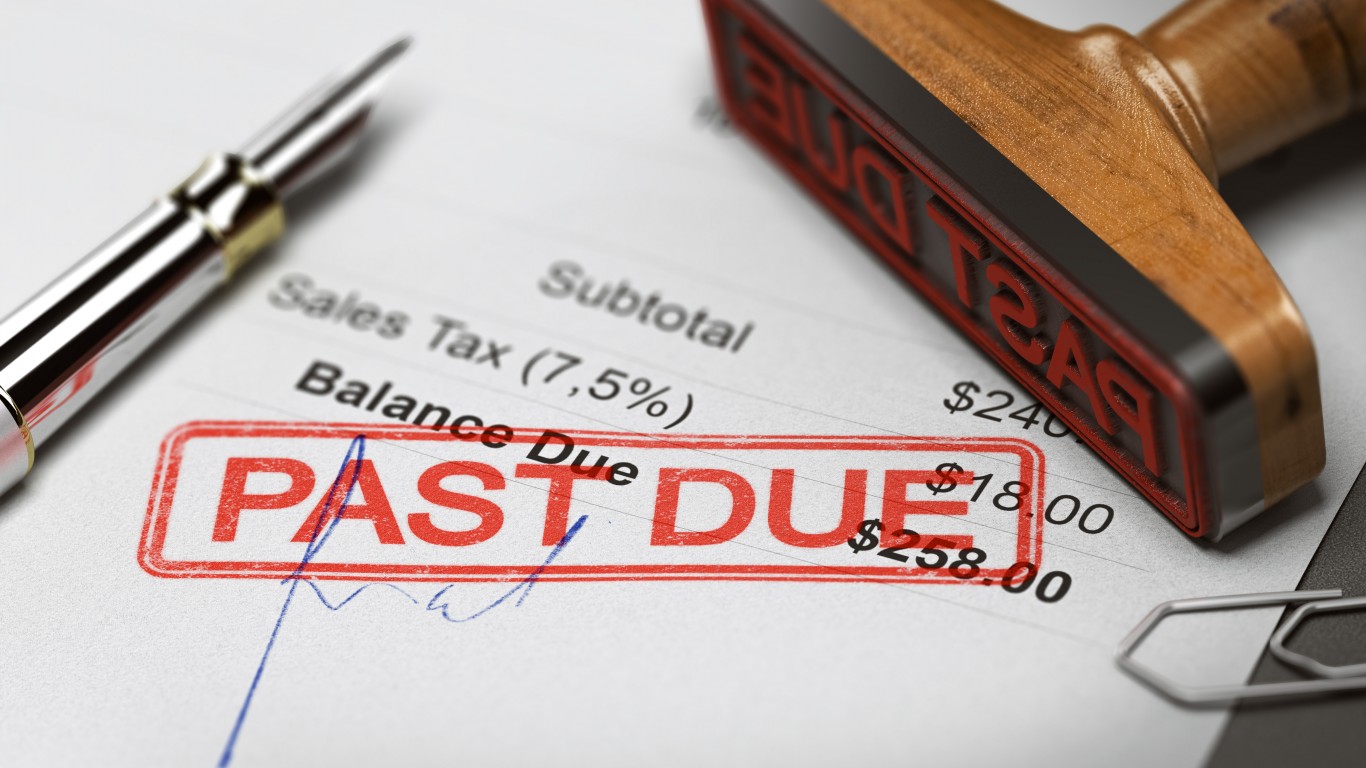
If you look at consumer debt numbers between 1920 and 1929, it reached a whopping $6.4 billion. The sudden rise of automobiles helped lead this charge into more debt as installment payments for these new vehicles grew from $1.4 billion to $3.2 billion during the same period, representing half of all American debt. Worse, bank loans for stock purchases now accounted for 12% of the entire value of all stocks listed, which was increasingly dangerous for banks.
5. Hoover’s Economic Philosophy
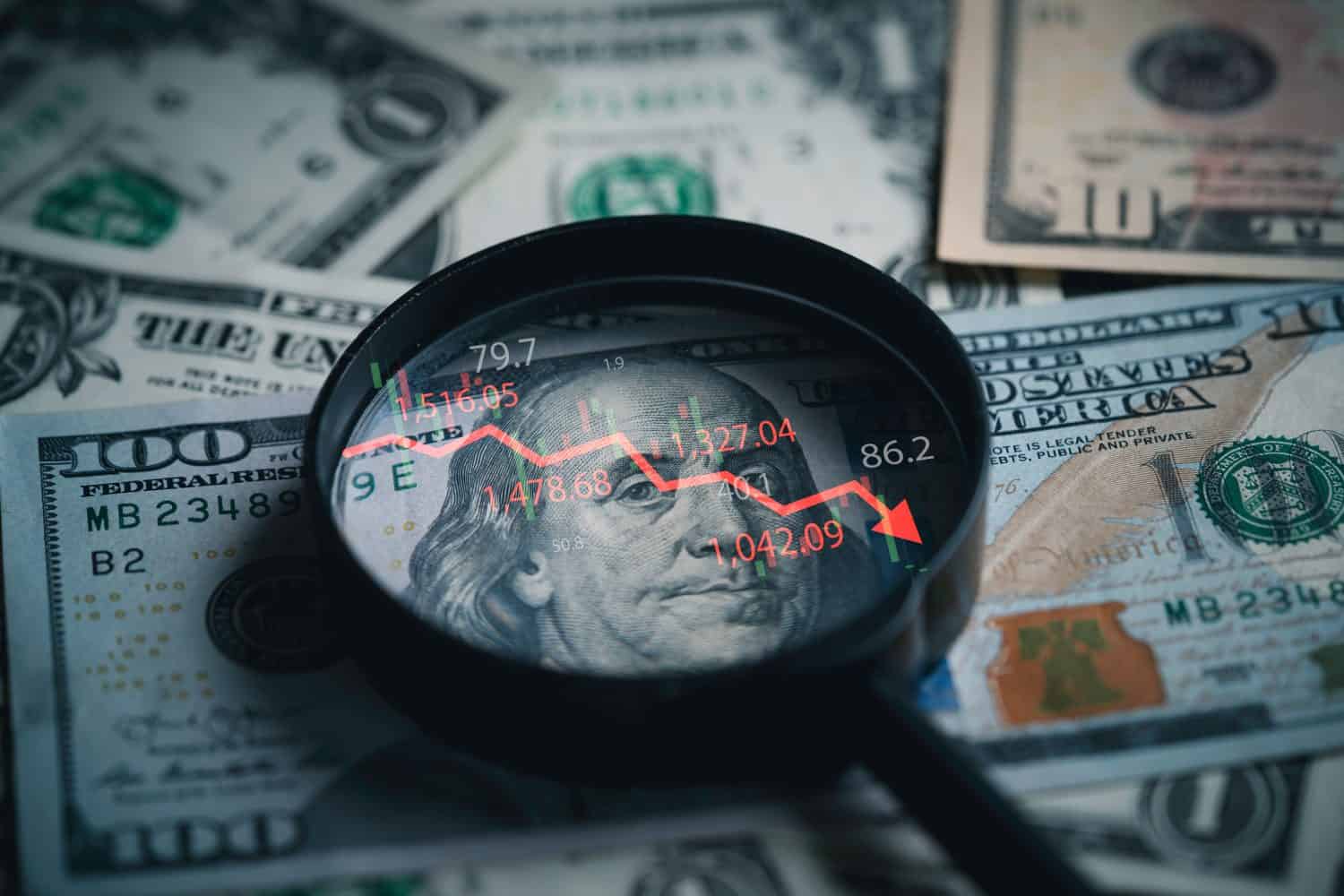
As the Roaring 20s took place, Herbert Hoover had a unique economic philosophy that leaned heavily toward individualism and, as a result, limited government interference. Instead, Hoover made bold claims that the US was “nearer to the final triumph over poverty than ever before,” as he said in 1928. At the same time, Hoover leaned on big business to avoid layoffs and maintain wage levels.
6. Warning Signs Begin
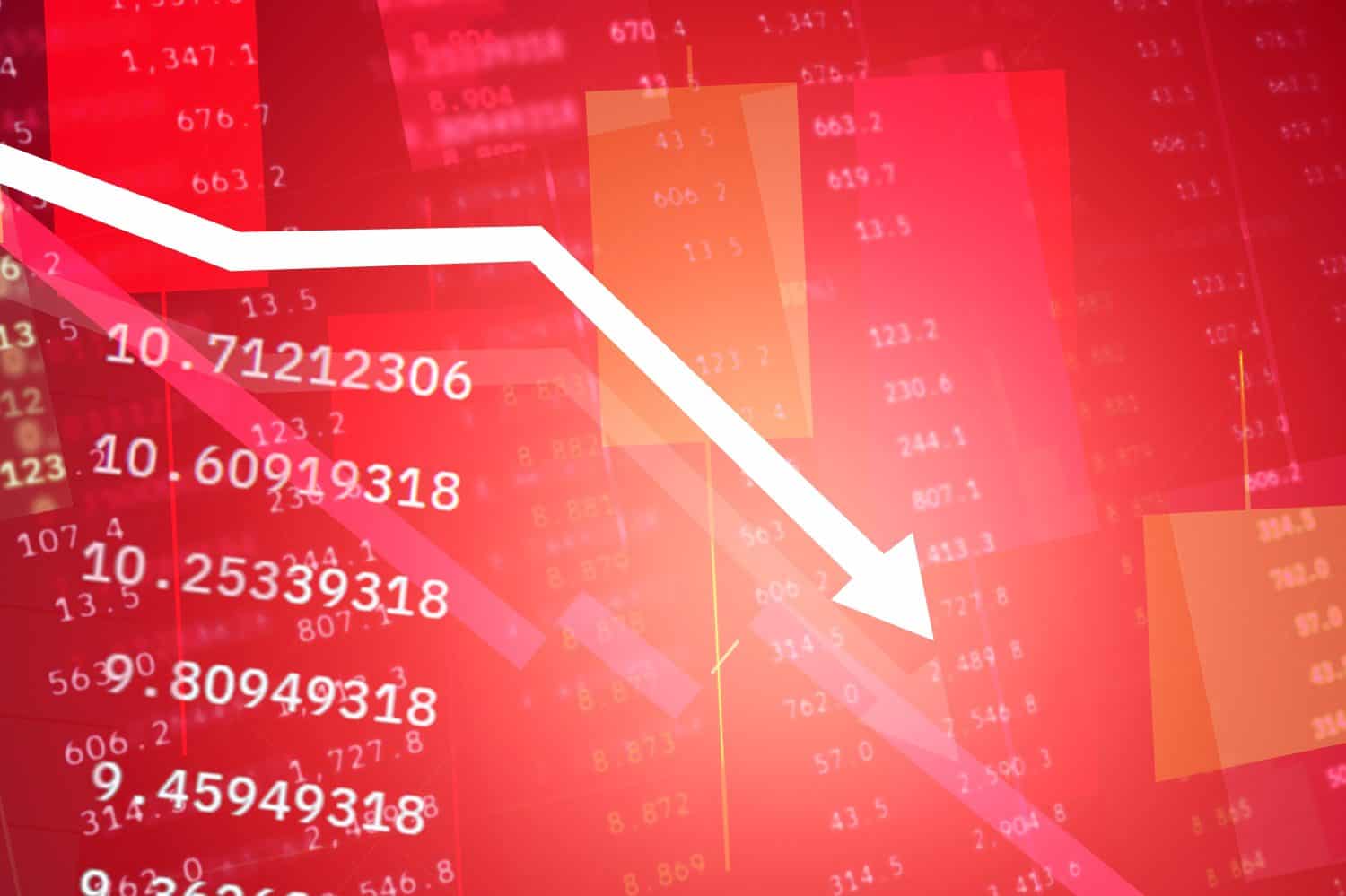
Economists immediately raised early warning signs and red flags ahead of two of the worst days in stock market history. The first flag was directly tied to Hoover, who tried to pressure businesses to maintain wages as corporate profits climbed higher while workers’ purchasing power declined significantly. Economists sounded the alarm as consumer demand for larger purchases like cars and appliances declined. It’s also important to know that Federal Reserve warnings about too much stock market speculation were largely ignored.
7. First Crash
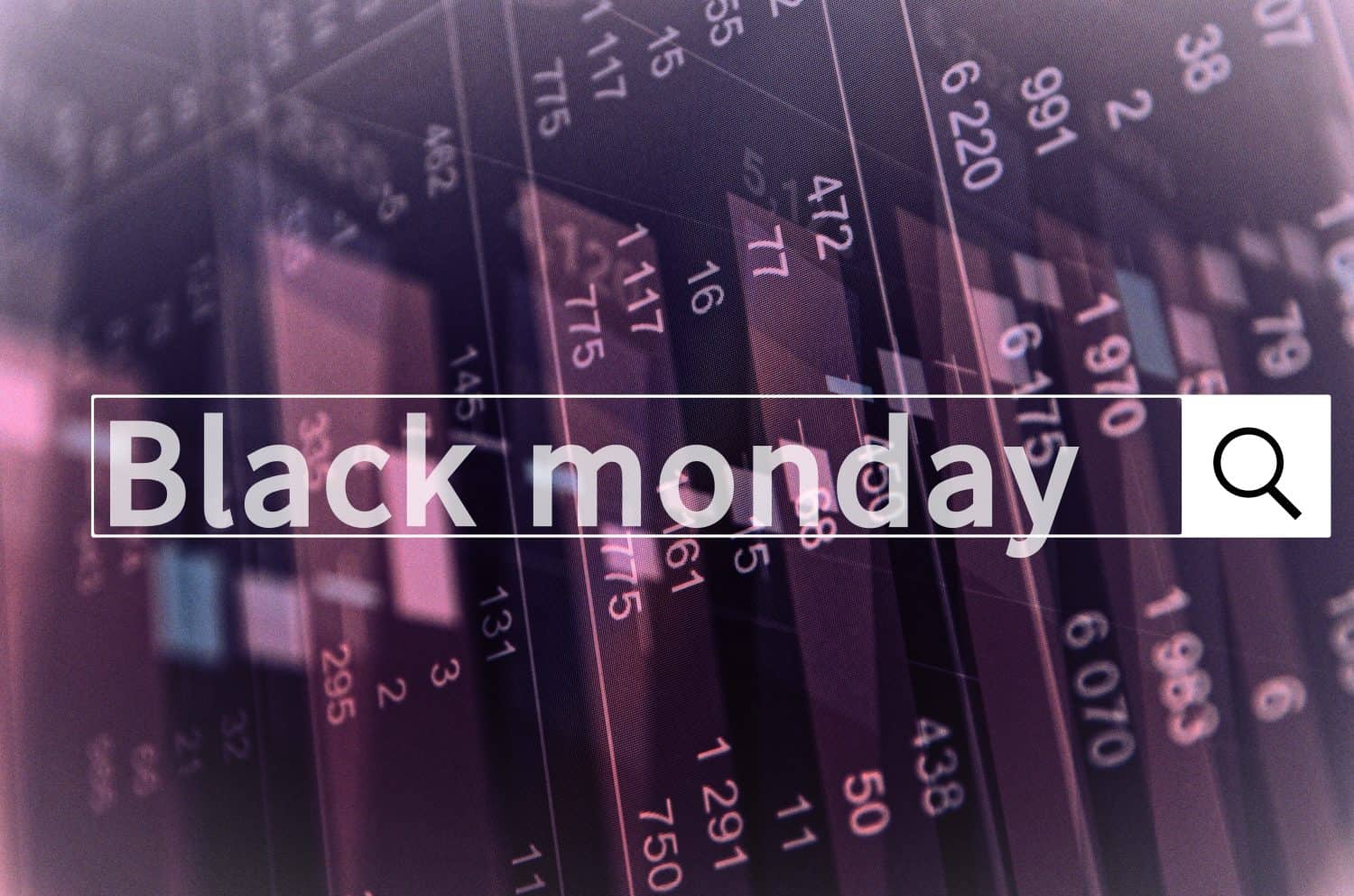
During Hoover’s Presidency, you have two immediate warning signs that indicate how bad the stock market would get. The first was on Black Thursday, which took place on October 24, 1929, when more than 12.9 million shares were sold out of sheer panic by traders. Over $11.2 billion was lost in a single day, even as banks attempted to purchase more than $20 million in shares, including JP Morgan and National City Bank. However, this wasn’t nearly enough to stabilize the market.
8. Second Crash

The following Tuesday, Black Tuesday, October 29, 1929, was the worst day of the stock market crash Hoover presided over. Incredibly, 16 million shares were traded on this day, leading to billions in lost market value. Over these two “Black” stock market days, the Dow Jones Industrial Average lost nearly 25% of its value. It’s difficult to understand how stock market prices fell over 23% in a single day, impacting giant brands like US Steel, General Electric, and RCA.
9. Hoover’s Response
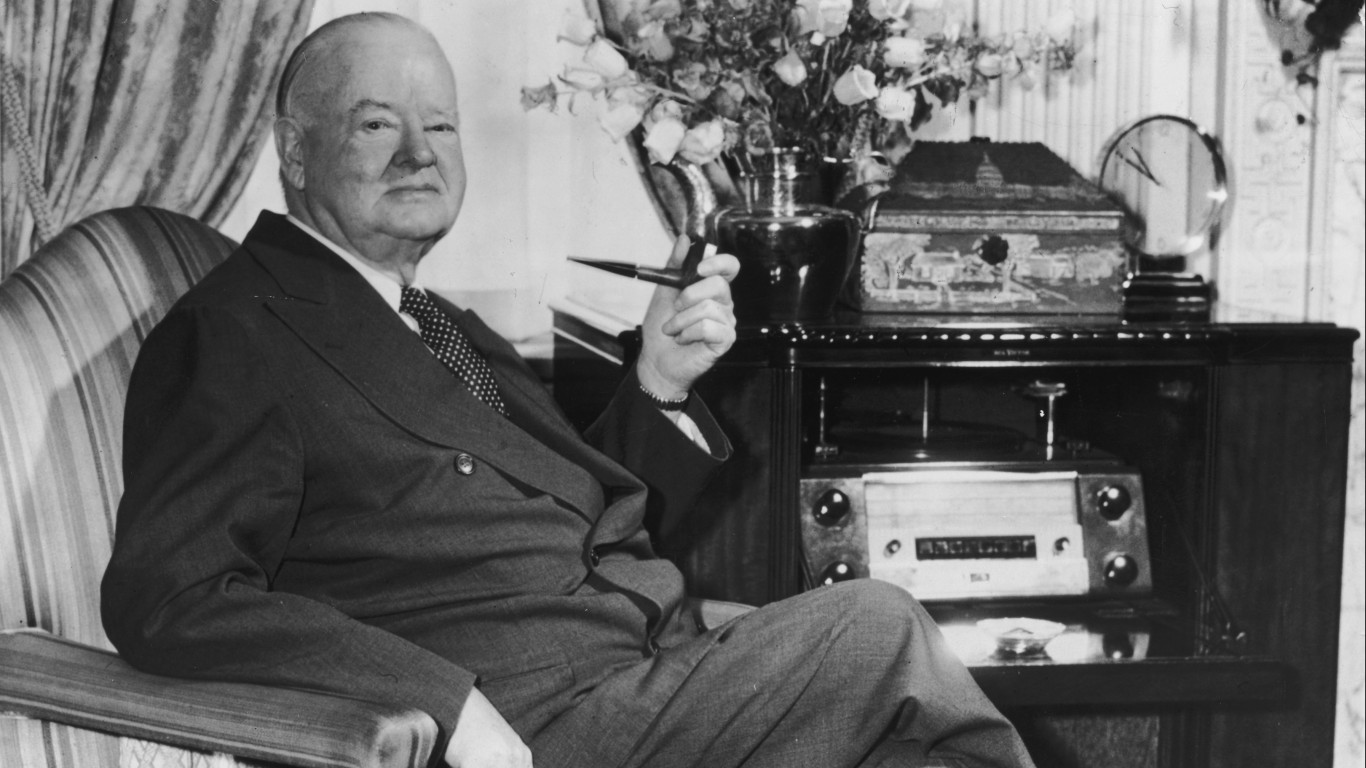
Hoover immediately responded to the stock market crash, calling it a “temporary setback” while pointing to the now limited healthy economic indicators. Once again, Hoover called on businesses not to lay off workers and maintain wages. Perhaps the most devastating of all of Hoover’s failings at this moment was his directive to avoid government intervention in the markets that might have otherwise stabilized the system.
10. The Aftermath
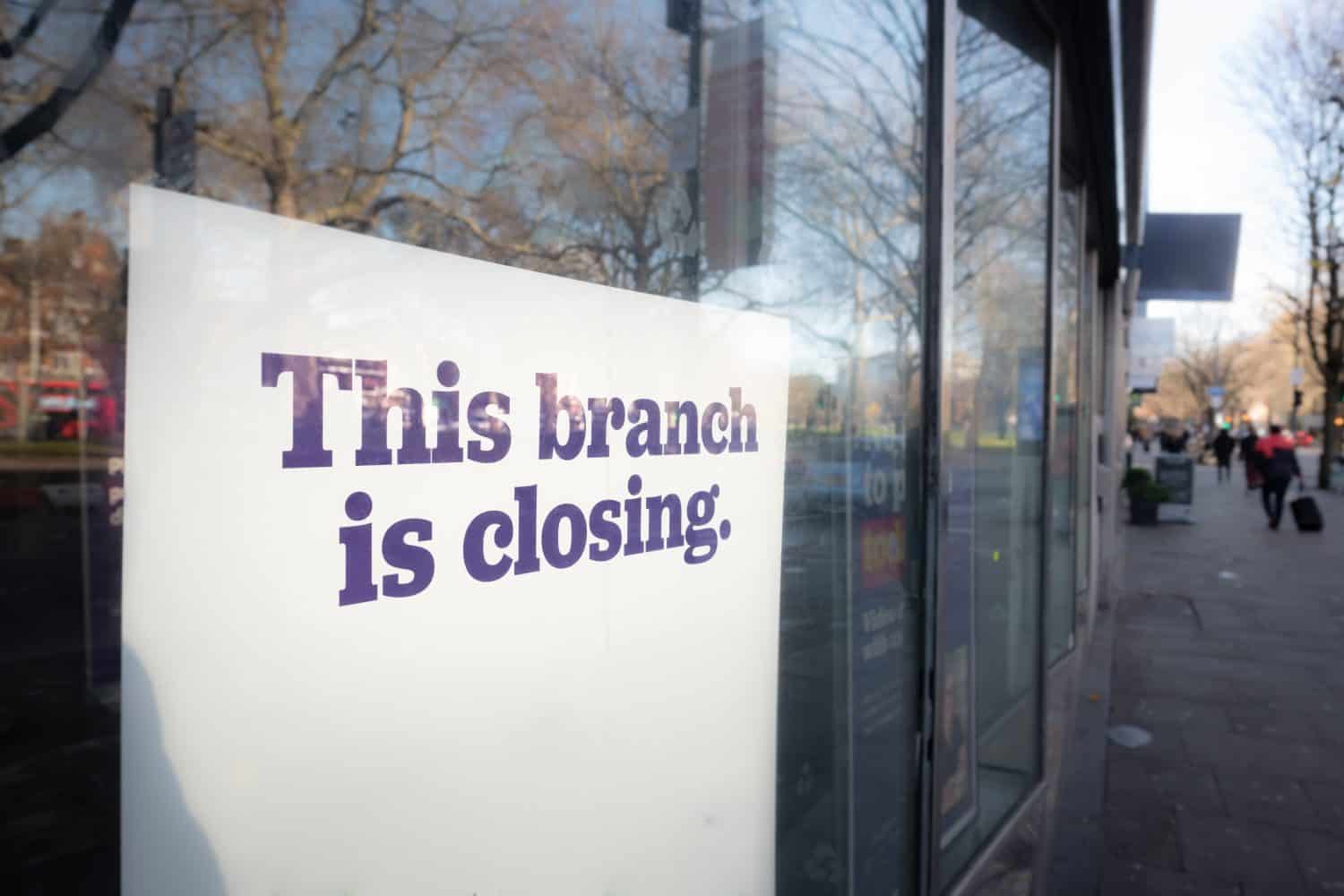
By 1930, less than one year after Black Monday, more than 1,352 banks in the United States had failed, with deposits totaling more than $853 million. In today’s dollars, this is more than $16 billion in savings just wiped out, gone, forever lost. Nearly 5% of all US banks were gone, and the savings of 1.3 million people were also completely wiped off the map.
11. Smoot-Hawley Tariff Act

In 1930, the government enacted the Smoot-Hawley Tariff Act, which raised tariffs on more than 20,000 imported goods with rates ranging from 38% to 59.1%. Designed to protect American businesses and manufacturing, the end goal was to try to safeguard weak American companies from failing as international competition continued growing. In response, other countries levied tariffs on the United States, creating a destructive economic environment for global trade. International trade fell over 65% between 1929 and 1933.
Banks also stopped lending, making 25% fewer loans, which cut off money to businesses struggling to stay afloat. The Federal Reserve also refused to provide emergency credit lines, all of which combined in a devastating way.
12. Real Estate Market Falls

At the same time everything else was taking place, the real estate market was also significantly impacted. Between 1929 and 1932, there was a 50% drop in commercial property values, while office vacancies in major cities eclipsed more than 40%. Homeowners were foreclosing at a rate of 1,000 per day by 1931, and half of all home mortgages were in default as home values fell by an average of 40%.
13. Gold Standard Crisis

As if the US didn’t need another headache, the British government determined that it would stop using the gold standard in 1931. The result is that a quickly growing crisis of confidence in gold began to take shape, which meant that gold was being withdrawn from US banks to the tune of over $700 million by October 1931. Responding to this activity, the Federal Reserve raised interest rates, hoping to protect American gold. However, this only created worse conditions and reduced lending even more.
14. Second Banking Crisis
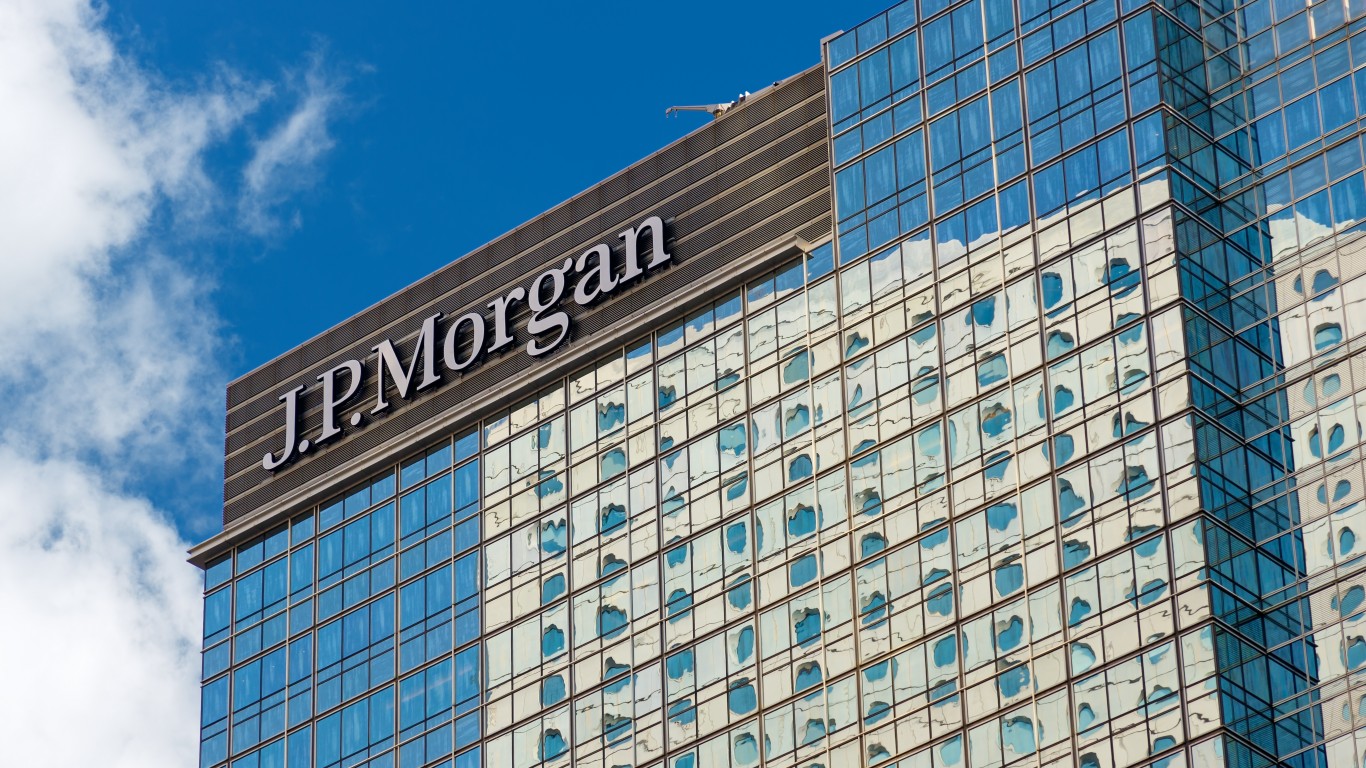
If you fast-forward to the end of 1932, another 3,635 banks had failed, representing another $2.8 billion in deposits, with millions of people affected. Unfortunately, the surviving banks became increasingly concerned about lending and began hoarding cash in the event of another stock market downturn. The supply of physical money in the US led to a 35% drop in circulation as hoarding began to occur. By the end of 1932, banks had reduced their lending by an average of 60%, out of fear they would not see their money again.
15. New Hoover Policies
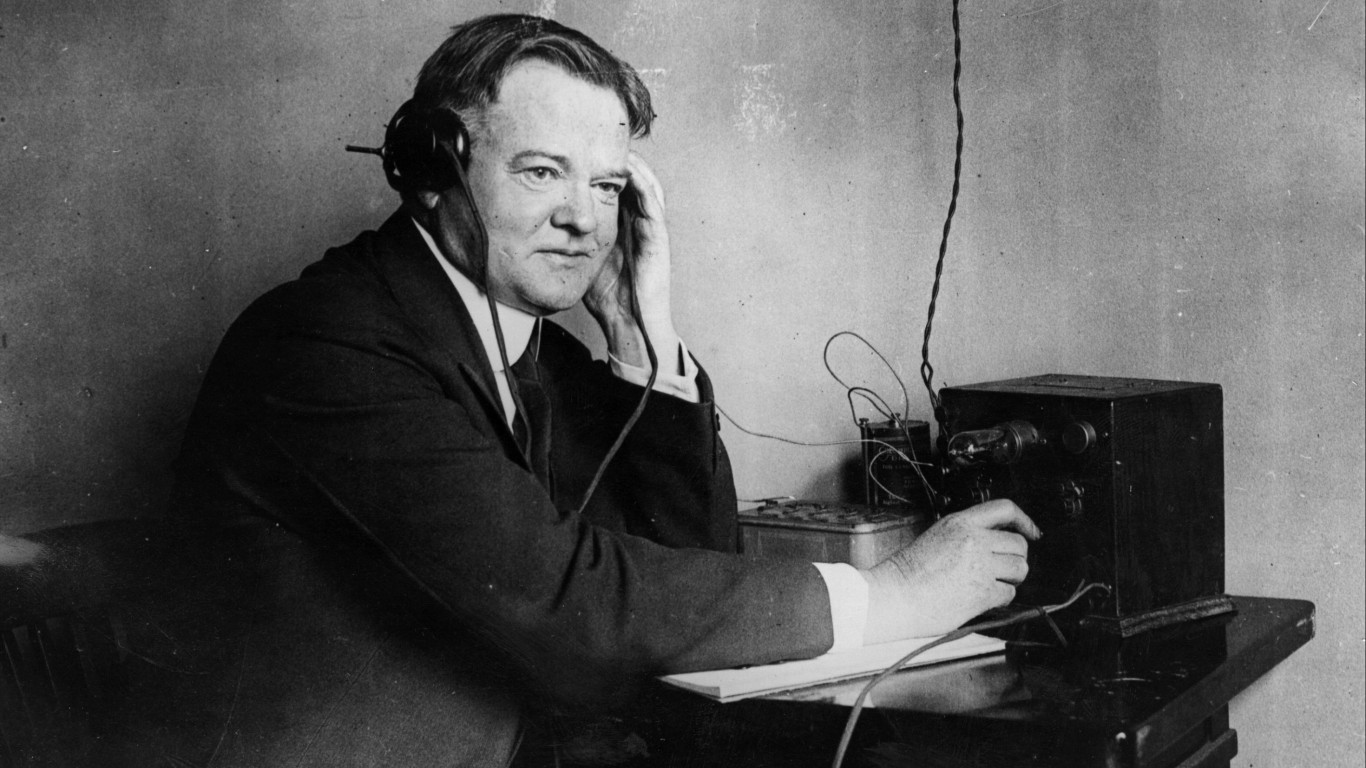
In response to stock market performance, Hoover’s administration created the Reconstruction Finance Corporation and gave it $2 billion to make loans to banks and other businesses. In addition, the Home Loan Bank system was created out of 12 regional banks to try and stop the mortgage crisis affecting millions nationwide. Famously, public works programs were also introduced, like the Hoover Dam, which totaled more than $1.2 billion in projects and jobs.
16. The Worst Of The Worst

If you thought that after 1929, the stock market couldn’t get any worse under Hoover, it did. In 1932, the Dow Jobs hit just 41.22, representing an 89% decline in total value, the single largest percentage drop in stock market history. Between 1929 and 1932, the market capitalization of businesses on the Dow Jobs declined by over $74 billion. Worse, trading volume, which had traditionally been averaging around 3 million trades per day in 1929, was now down to just 720,000 shares.
17. American Wealth Is Gone
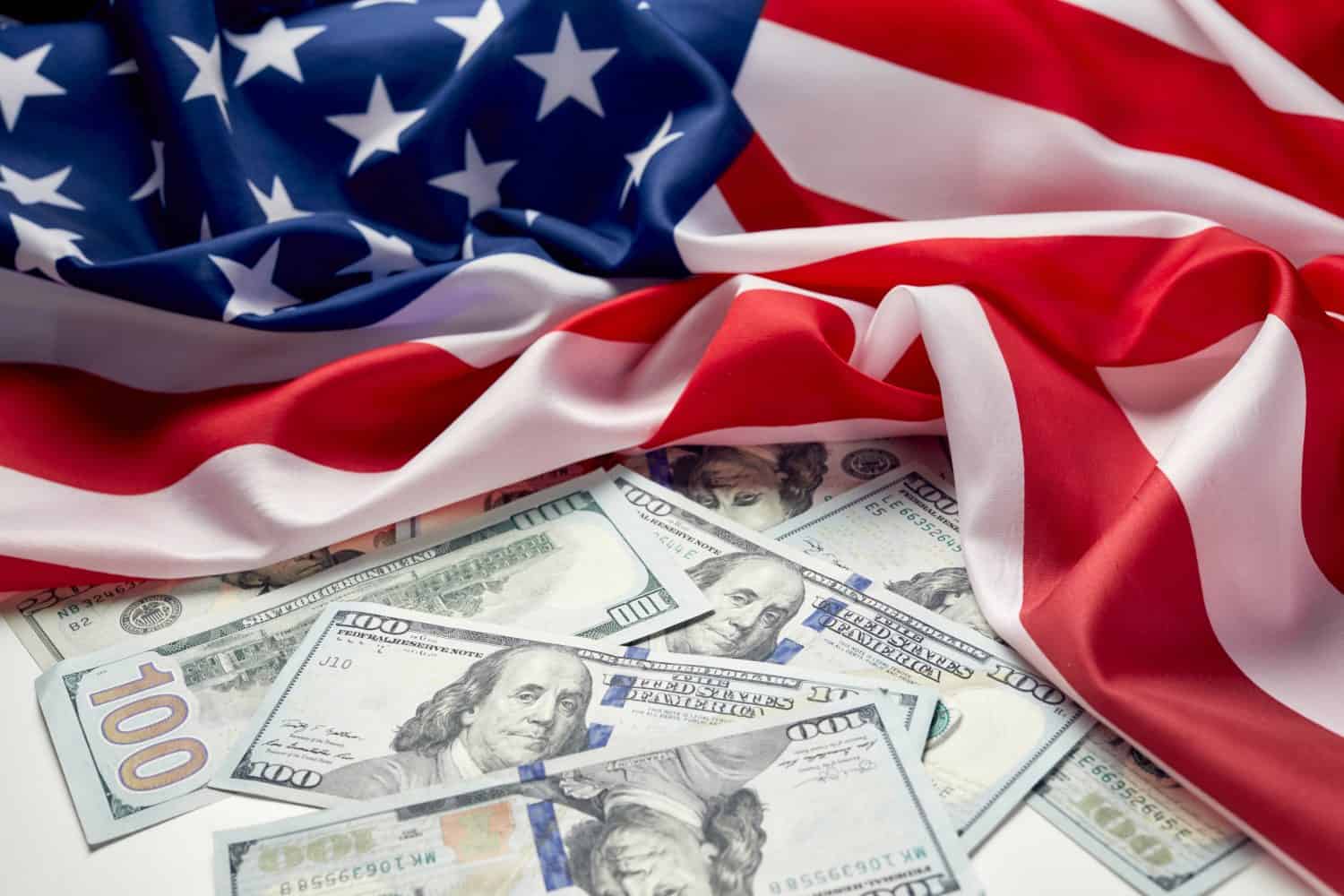
It’s not too dramatic to say that the wealth of the Roaring 20s and the Gilded Age was mostly gone. Retirement savings were wiped out, 20 million investors had lost every penny, investment trusts were gone, and consumer confidence in America was at an all-time low. This was the environment that Herbert Hoover was trying, poorly, to navigate.
18. Hoover Tax Increases
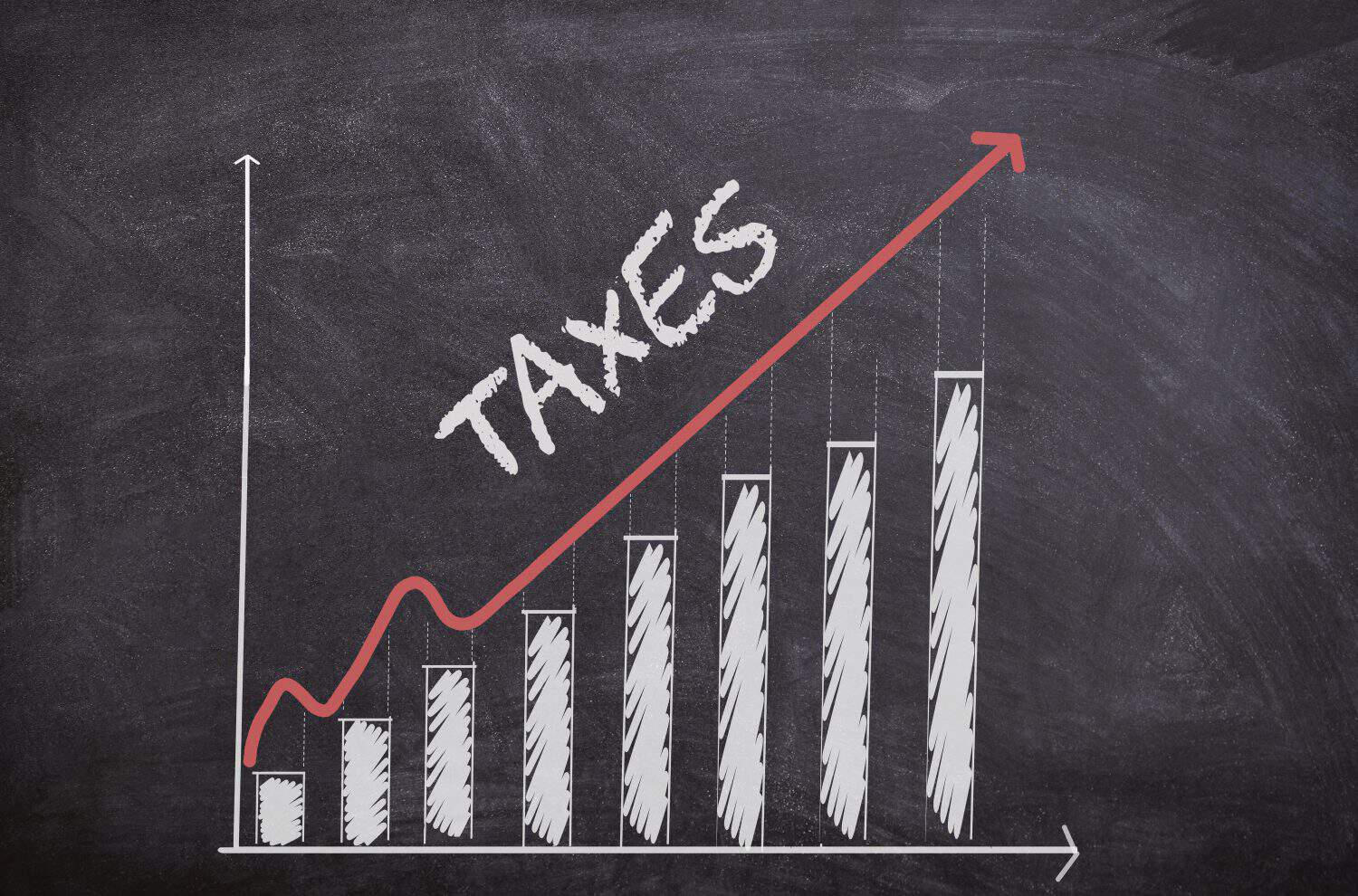
In 1932, Hoover attempted to raise taxes to stave off additional economic constraints, which many economists would rightfully argue made everything worse. Hoover tried his austerity measures, but they ended up leaving consumers with even less money to make purchases and businesses with less money to pay employees and buy new goods.
19. Overall Performance Under Hoover
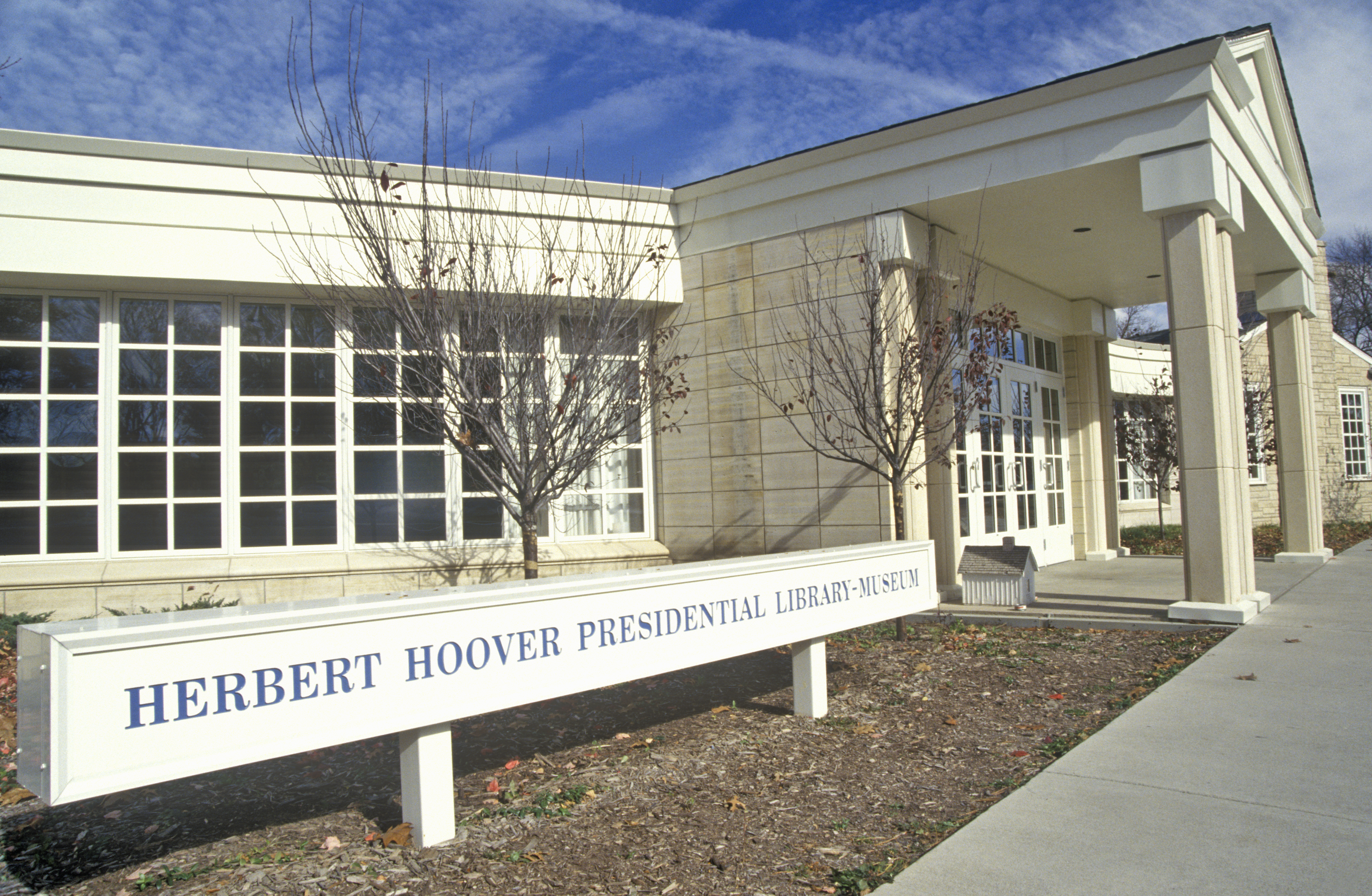
Looking back on the market under Herbert Hoover, it’s easy to see why he’s widely considered the worst US president ever to oversee the stock market. During his presidency, the stock market lost over 90% of its value, wiping out the wealth of tens of millions of Americans. Hoover’s policies were seen as out of touch with ordinary Americans, and overall, his policies were seen as too little and too late to restore American confidence.
20. Policy Reforms
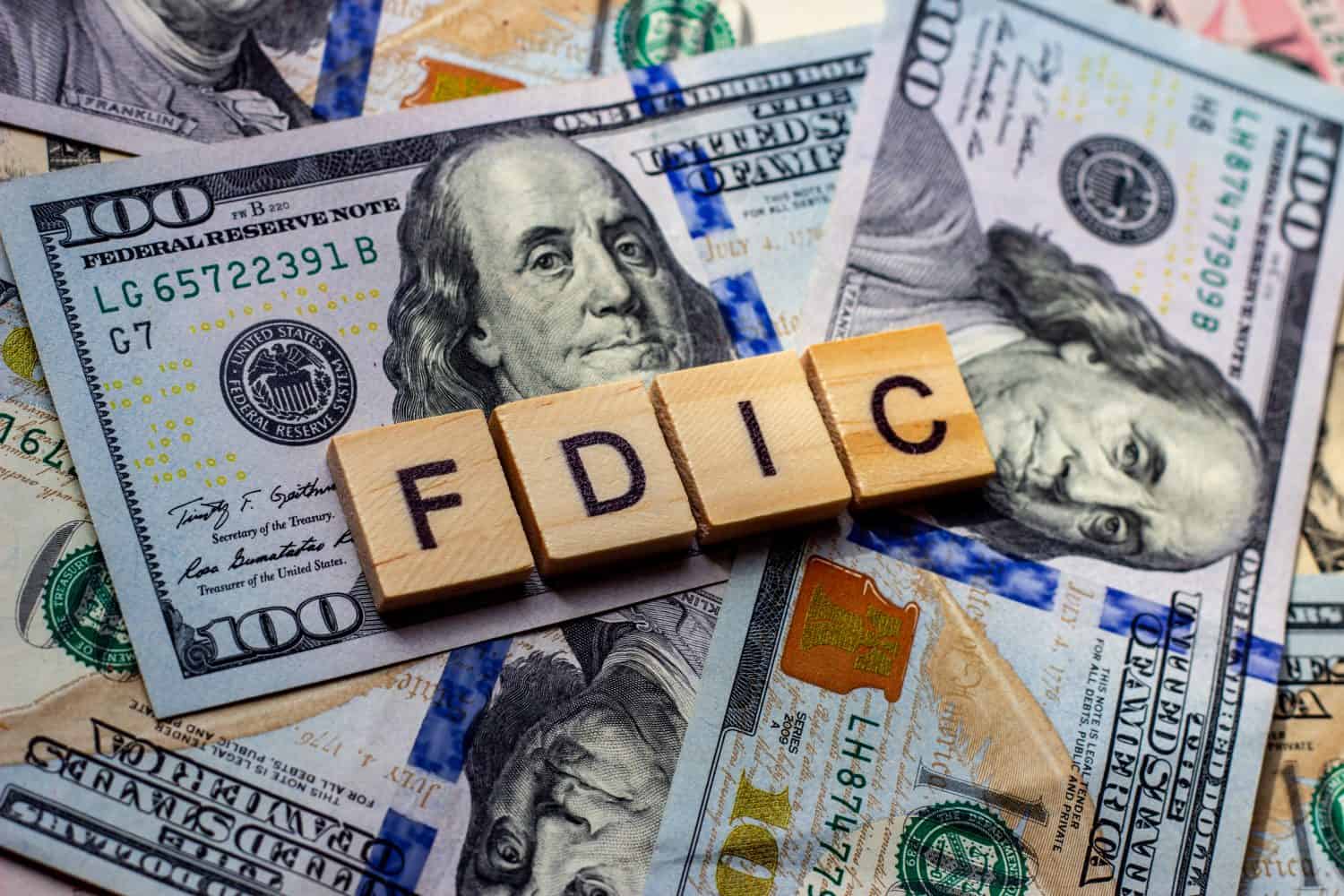
Perhaps the only real positive to come out of the stock market performance that Hoover oversaw was new policies that would help regulate the economy if this situation ever occurred. Ultimately, this led to the creation of the Securities and Exchange Commission to regulate markets while the FDIC (Federal Deposit Insurance Corporation) would protect the deposits of American consumers. The Glass-Steagall Act of 1933 also told banks to choose between commercial or investment banking opportunities.
Take Charge of Your Retirement In Just A Few Minutes (Sponsor)
Retirement planning doesn’t have to feel overwhelming. The key is finding expert guidance—and SmartAsset’s simple quiz makes it easier than ever for you to connect with a vetted financial advisor.
Here’s how it works:
- Answer a Few Simple Questions. Tell us a bit about your goals and preferences—it only takes a few minutes!
- Get Matched with Vetted Advisors Our smart tool matches you with up to three pre-screened, vetted advisors who serve your area and are held to a fiduciary standard to act in your best interests. Click here to begin
- Choose Your Fit Review their profiles, schedule an introductory call (or meet in person), and select the advisor who feel is right for you.
Why wait? Start building the retirement you’ve always dreamed of. Click here to get started today!
Thank you for reading! Have some feedback for us?
Contact the 24/7 Wall St. editorial team.
